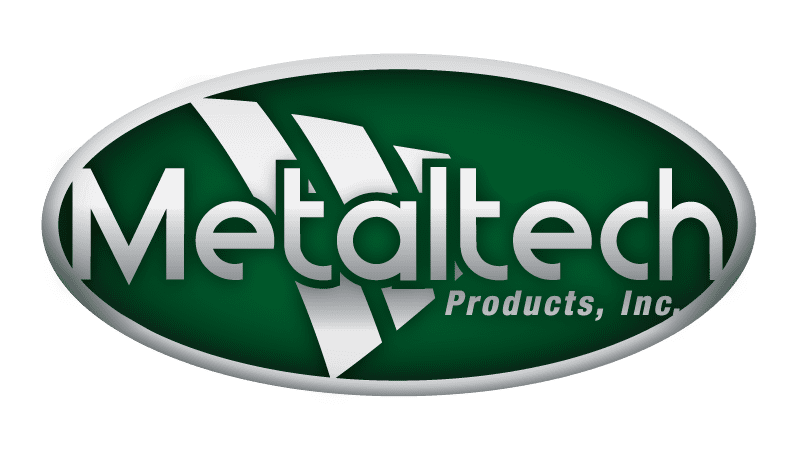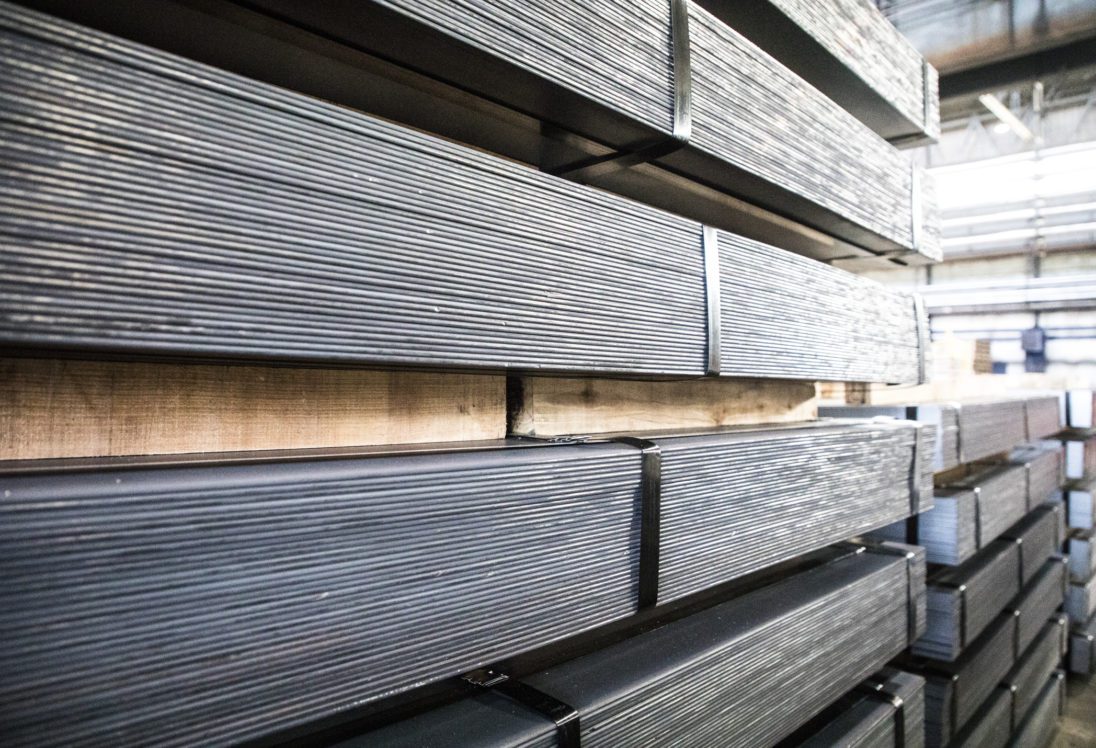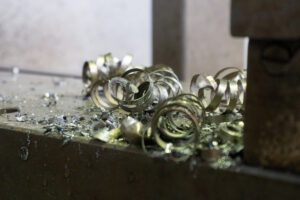Steel is one of the most popular metals used today. Its strength and durability make it an excellent, cost-effective choice for construction, manufacturing and more. While steel is tough, it’s also flexible and versatile, allowing you to cut and form it into the shape you need.
What is steel used for? Take a closer look at the things around you every day. Many buildings are made with sturdy steel frames. Cars and planes are made of steel parts. Even the appliances in your kitchen are made of steel.
Using steel is common in fabrication because of its properties: high tensile strength, durability and malleability. However, there are several types of steel available. Depending on the steel’s composition or the way it was processed, it develops different properties. Particular varieties of steel are better for fabricating certain components.
Should you use hot rolled steel or cold rolled steel for your next project? What’s the difference between the two? Keep reading to learn about the properties of hot and cold rolled steel.

What Is Hot Rolled Steel?
When specific tolerances and finishes aren’t as critical, hot rolled steel provides the strength needed to withstand corrosion, weather and warping.
The hot rolling process starts by rolling steel at a high temperature, often over 1700℉. At this temperature, steel is above its recrystallization temperature (740℉ to 1300℉) and can be formed easily. The steel runs through rolling slabs to stretch and shape it. During the hot rolling process, the steel is pressed flat. Then it is cooled in water.
Hot rolled steel shrinks as it cools, so steel manufacturers have less control over its final shape. Since steel shrinks, there’s no guarantee every sheet will be uniform. Hot rolled steel is not ideal for projects that must have a uniform thickness.
Advantages of Hot Rolled Steel
Hot rolled steel offers many advantages:
- Cost-effective. Generally, hot rolled steel is less expensive than cold rolled steel. Processing hot rolled steel doesn’t require additional steps, making it cost less.
- Malleable. Because hot rolled steel is processed at a high temperature, it can be formed into any shape. Since it’s also cooled at room temperature, hot rolled steel is normalized, meaning there aren’t internal stresses that could hurt the steel while quenching or hardening.
- Less time. Being easy to use has its perks. Working with hot rolled steel often takes less time since fabricators can easily manipulate it.
Common Uses for Hot Rolled Steel
Though hot rolled steel has advantages over cold rolled steel, it doesn’t produce exact shapes or smooth finishes. Hot rolled steel expands and shrinks during heating and cooling, leaving imperfections in the dimensions of each sheet or bar. For example, bars or plates may have slightly rounded edges or imperfect corners. Projects that don’t require precise tolerances can be fulfilled using hot rolled steel.
Surface finish is another characteristic to consider when planning your project. Hot rolled steel is rough and scaled on the surface, which causes problems for painting or powder coating later. Products like railroad tracks or I-beams may not require smooth surfaces. With other components, scaling must be removed through buffing, blasting, grinding or pickling, especially if coatings or paint is required on the product.
What Is Cold Rolled Steel?
We’ve talked about hot rolled steel. How is cold rolled steel different? It starts with how cold rolled steel is made. Cold rolled steel is hot rolled steel that’s been processed more. This type of steel goes through additional steps that increase its strength and improve its surface finish.
Cold rolling doesn’t require cranking up the heat. As it says in its name, cold rolling is done at or near room temperature. Once hot rolled steel is cool, it is rolled again at room temperature to achieve a specific thickness. The metal passes through rollers multiple times, producing a flat sheet.
Cold rolled steel’s properties are different from hot rolled steel. The cold rolling process increases tensile strength and makes the metal harder.
Advantages of Cold Rolled Steel
The advantages of cold rolling steel include:
- Exact tolerances. Cold rolled steel offers tighter tolerances, accurate shapes and consistent thicknesses, which is best for projects that require exact dimensions time after time.
- Polished finish. Unlike hot rolled steel, the surface of cold rolled steel is smooth and shiny—perfect for furniture and automotive parts.
- Stronger. Cold rolled steel is stronger than hot rolled steel. It has a higher tensile strength, making it more resistant to breaking under stress.
Common Uses for Cold Rolled Steel
Metal furniture, home appliances and automotive parts are usually made of cold rolled steel. It’s the best option for technically precise projects or those that prioritize aesthetics. Cold rolled steel achieves superior finishes and exact dimensions. Sheets, bars or tubes are uniform in size with well-defined edges.
The downside to cold rolled steel is its price point. Cold rolled steel is more expensive because of the extra processing required to make it. Furthermore, cold rolled steel is more difficult to manipulate, which may make projects take longer to complete. Additional metal treatments can cause cold rolled steel to warp. The steel must be stress relieved before cutting or welding.
The cost, end use and processes required to shape your component parts determines which metal you should choose. Let the experts help you decide which type of steel is best for your project.
Request a quote from Metaltech. We offer full-service metal fabrication, from design to delivery.






